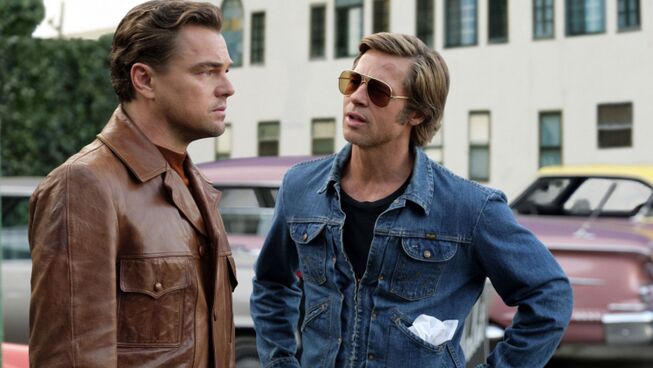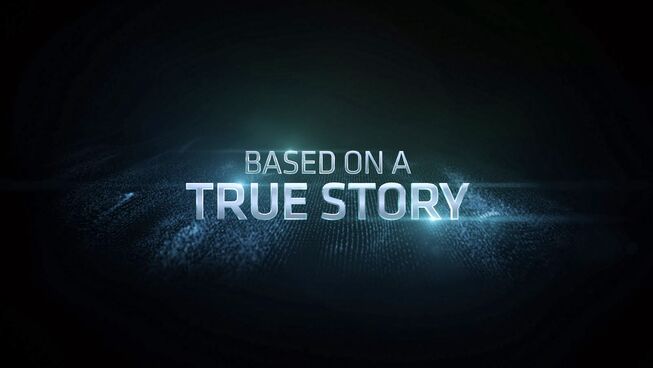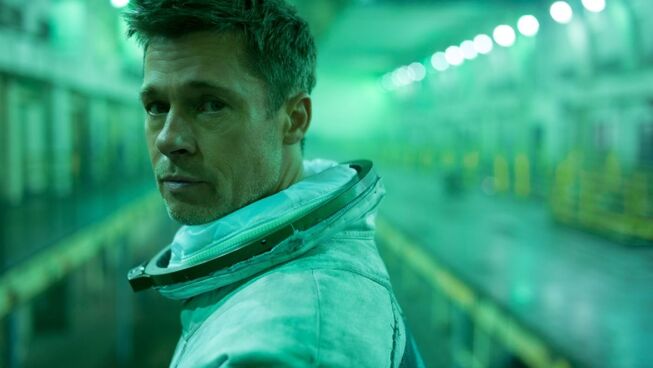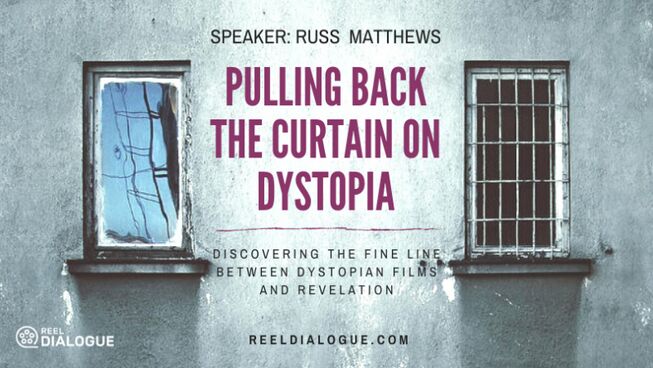Once Upon a Time in.... Hollywood

4.5 out of 5 stars
When the name Quentin Tarantino is mentioned in entertainment news a vast array of considerations come along with each word. The writer, director and his public persona provide the press with more to work with than to learn the latest announcement of a film title. Once Upon a Time… in Hollywood is no exception. With the stellar cast, his continual threat for this to be his final project and the inclusion of the Manson Family murders, this project ratchets up the world’s interest for all things Tarantino.
With the Academy Award winning writer’s reputation for re-imagining history, weaving his rich characters into the past and this story carrying the label of being his love letter to Hollywood, the intrigue becomes unbearable for his fans. [There are dual narratives operating on parallel paths in 1969 Los Angeles. One follows the fading career of the western star, Rick Dalton (Leonardo DiCaprio) and his faithful friend and stunt double, Cliff Booth (Brad Pitt). These two try to find their way in the ever-changing and volatile world of entertainment when the celebrated director Roman Polanski (Rafal Zawierucha) and his beautiful starlet wife, Sharon Tate (Margot Robbie) move in up the hill from Dalton’s home.
As the Polanski’s live their celebrity life style at the top of the secluded road, Dalton must determine what he is going to do with his faltering career and personal life. While he struggles through this transitional season of his acting days, Booth tries to support his friend and make his own way in the world. While running errands and driving Rick to each of his acting projects, the stuntman manages to come into contact with a group of bohemians headed up by Charles Manson (Damon Herriman) who live on a former movie set called the Spahn Ranch. The comedic and dramatic twists of Tarantino’s script skilfully intertwines these two primary storylines for a conclusion that could only come from the mind of the creator of Pulp Fiction and Inglorious Bastards.
To say that this film delivers the unexpected would be an extreme understatement and it is a journey that is reminiscent of his past writing and direction, but does lead to new territory for the infamous director. For Tarantino fans there is enough of his characteristic stylings to whet their appetite, but the pace and methods do show a maturing of this man child’s that may cause some discomfort. This is a film that may need some time to ruminate in the soul before giving a final analysis. The polarising effect of the man behind the lens will lead to some hating the film and others to salivate for more.
The language and violence of past films still remain, but it is minimised for the sake of building the characters profiles. This journey contains fewer monologues from the leading characters and more of an investment in the visual aspects of the film, which means that his leads must rely more on their physical presence than their ability to turn a phrase. The film wears a label of methodical, which seems to be uncharacteristic for Tarentino, but it does give the screenplay time to let in a depth that does not rely on extended monologues.
What this director has managed to do over the years is to draw some of the best talent in the business and draw outstanding performances from each actor, regardless of the amount of screen time. From Margot Robbie to Bruce Dern, each performance complements the story and each cameo does not distract from the journey, but moves us closer to the end. Pitt and DiCaprio’s characters do manage to carry the film through the slower elements and the artistry of the cinematography manages to make up for most of the script that leads to the shocking conclusion. Not wanting to spoil the ending, it is the twists that may divide audiences on the appeal of this newest venture of the famed writer.
Is Once Upon a Time… in Hollywood Tarantino’s best work? Only time will tell, but what can be said is that it is his most personal work. A film that proves that he is able to change without losing his identity in the Hollywood hills.
REEL DIALOGUE: How do you determine morality?
In amongst the humour, violence and the action, Once Upon a Time… in Hollywood opens the door on the discussion of morality. The script contains all of the earmarks of a Quentin Tarantino film and more, but it will leave many people with a heightened level of discomfort when laughing or cringing at many of the on-screen antics. The moral ambiguity of the plot is disconcerting, because many of the things that provide laughs would not have been included in any script a decade ago. Violence, drug usage, language, race and faith are all open targets for humour and push the boundaries of good taste.
In this world where everyone has an opinion about every moral topic, it has become critical to figure out how to answer the philosophical question of where to place our moral beliefs. One consideration should be to study the example and the words of Jesus. He is not merely a moral teacher, but a life changer. Considering his life and death will start a journey of determining how to define, morality, mortality and life. How do you start? Pick up one of the accounts of his life and see how God answers this multi-layered query with one man.
1. Can we find truth in this world? (John 14:6, 1 Corinthians 13:4-6)
2. Can we ever find justice? (Proverbs 21:15, Romans 12:19)
3. Is it possible to come out from under our circumstances? (Psalm 40:17, Romans 8:38-39)






